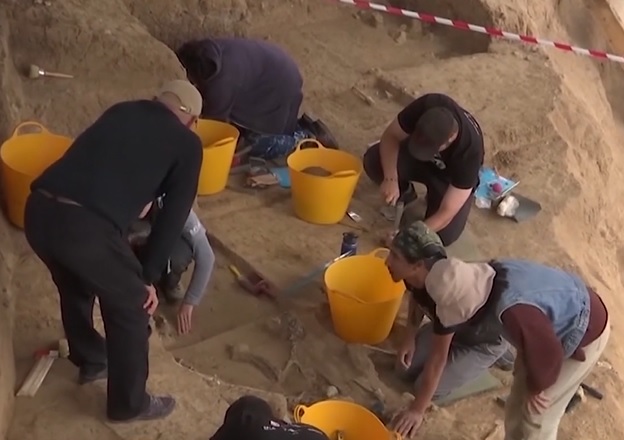“Today we are witnessing a very important discovery of global significance. We found a 1.8 million-year-old human tooth in the Dmanisi municipality in Georgia,” said Georg Bidzinashvili, the expedition leader.
“This is a very important event and means that 20 kilometers from Dmansi, where the remains of the oldest hominids were found, there is another archaeological site with traces of the oldest Eurasian colonizers. – to its oldest inhabitants ».
In 2013, parts of the “homo erectus” skeleton of approximately the same age, or the so-called “standing” human skeleton, were found in the aforementioned village of Dmanisi, and the new discovery shows that the area was largely inhabited.
Excavations that began three years ago will continue and archaeologists hope to obtain new evidence on other aspects of the life of human ancestors. Primitive stone tools and the bones of long-extinct animals have already been discovered in the Paleolithic settlement. It is a valuable source for paleontologists to better understand the Eurasian continent during the early Pleistocene period.
–
Highlight the text and press Ctrl + Enterto send the text fragment to be corrected to the editor!
Highlight the text and press Report a bug buttons to send the text fragment to be corrected to the editor!
–
–


